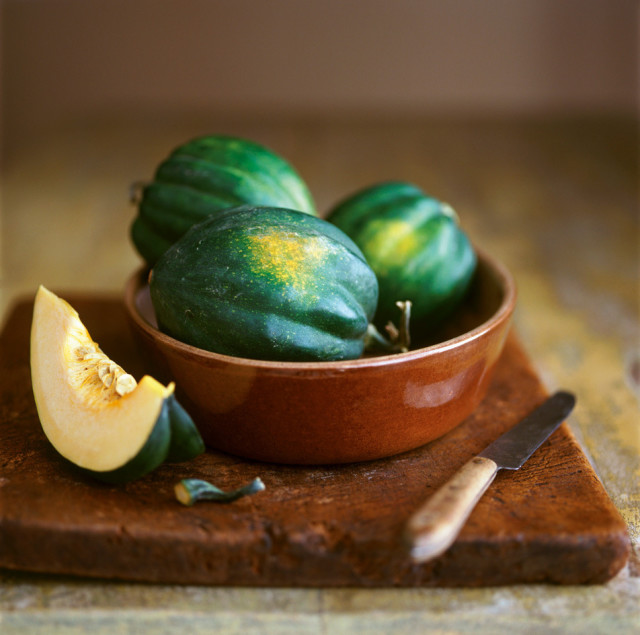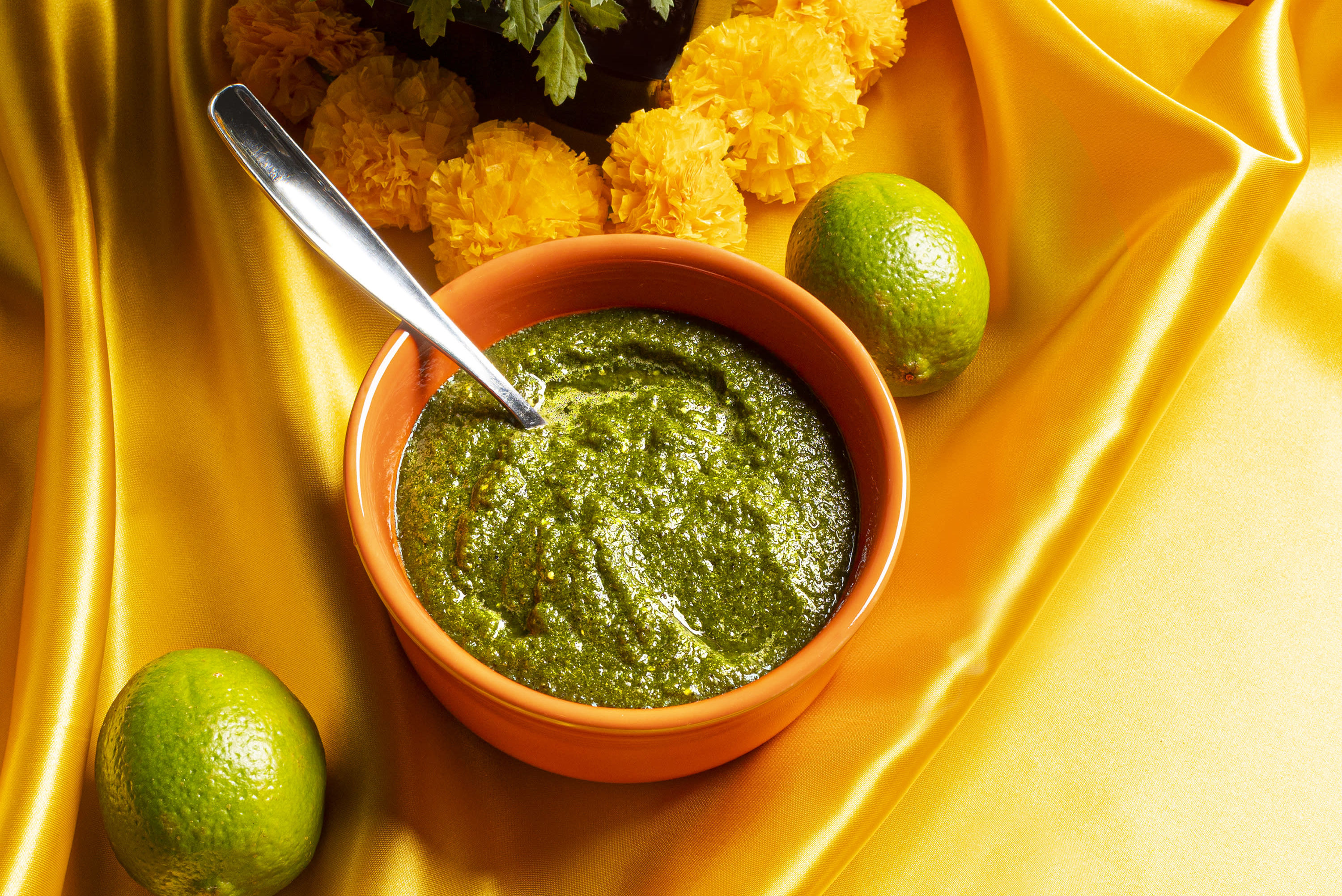Honey Glazed Winter Squash with Sage

Image: Michael Paul/ Stockfood
ON A MUGGY morning in July, the chairs are upended on the tables at Toro Bravo, the tapas restaurant in Northeast Portland that chef John Gorham, his wife, Courtney, and business partner Ron Avni opened in June. But while Gorham lugs in a case of ripe heirloom tomatoes, he’s pondering the possibilities of winter squash.
“I’m always thinking two seasons ahead,” he says.
When it comes to the colorful, hard-skinned squashes that begin to make their appearance in October, Gorham likes them all: edible pumpkin, butternut, acorn and a dozen less-common varieties that flourish locally, such as turban and buttercup. Compared to summer varieties such as pattypan and zucchini, which have thin, edible skins and delicate flesh, the tough-skinned exterior of winter squash isn’t ideal for eating—but its sweet, hearty interior is.
While Gorham has used winter squash in every restaurant he’s worked at, including locations as far-flung as the Grand Teton National Park where he used delicata and butternut squash in everything, he says we have a particularly impressive bounty here in Oregon. Not too long ago, winter squash appeared on Portland’s menus only around Thanksgiving, mostly in the form of pies and soup. Last winter, however, local chefs mixed them with risotto and prawns, goat cheese and panna cotta.
“People think they’re restricted to doing something sweet with winter squash, but you can do anything with them,” Gorham says. “All the Northwest chefs are playing with them—they’re really easy to work with.”
There is, however, some labor involved in breaking them open. To crack their notoriously hard rind, Gorham suggests treating your winter squash like stuck-together ice cubes instead of going at it with a knife: “Put it in a bag, go outside and throw it on the concrete, and let it break into pieces.” If such strong-arm tactics prove intimidating, place a heavy chef’s knife lengthwise down the squash, and strike the back of the knife forcefully, near the handle, with a mallet or hammer. Once open, the rind can easily be pared from the flesh.
While acorn and butternut are excellent standbys, Gorham has a particular affinity for hubbard squash because of its size. “You get a lot of flesh from one, and it’s very buttery,” he says of the hefty, ovoid-shaped squash. While its grayish, warty exterior won’t win any beauty contests, the flesh is a fine, creamy yellow, and its texture is smooth.
For this season’s harvest, Gorham says he’ll likely purée slow-roasted hubbards, caramelized sweet onions, cook off some bacon lardons and bake all the ingredients into a crêpe.
But winter squash lends itself to even simpler preparation.
“Don’t forget that with smaller squash, you can just peel it, cut it into cubes, sauté it in butter with a little salt, sage and honey,” suggests Gorham. “That’s all you need. People make squash too complicated.”

Honey-Glazed Winter Squash With Sage
Recipe Courtesy chef John Gorham, Serves 8
INGREDIENTS
2 medium winter squash*
1 tbsp unsalted butter
2 tbsp extra virgin olive oil
2 tbsp shallots, minced
2 tbsp fresh sage leaves, coarsely chopped
2 tbsp honey
Salt and pepper to taste
(1) Cut off both ends of squash. Set squash up on one of its trimmed ends and peel, cutting from top to bottom, using a sharp chef’s knife. Cut it lengthwise, and scrape out the seeds with a spoon. Cut into ½-inch cubes (you will need about 6 cups).
(2) Heat butter and oil in a heavy, large nonstick skillet over medium-high heat until hot, but not smoking.
(3) Add shallots and cook for 1 minute.
(4) Add cubed squash, cover and cook, stirring occasionally, for about 10-12 minutes, or until squash is tender and just beginning to brown.
(5) Add sage and honey, toss until squash is glazed and cook for 1 minute more.
(6) Season with salt and pepper to taste.
*For this recipe, adapted from chef John Gorham’s method, butternut, hubbard, or acorn squash will work best.




